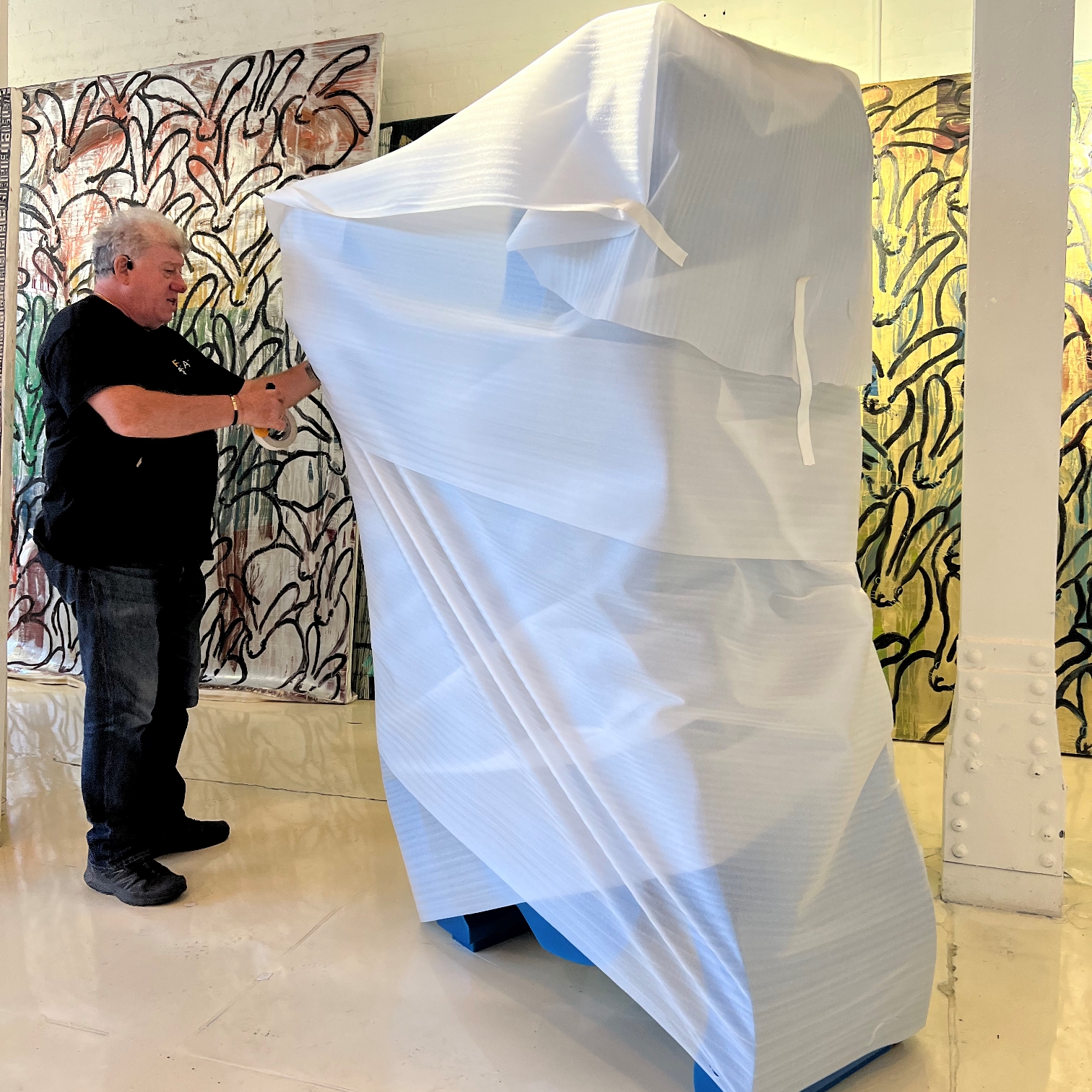Art packaging is a whole world of nuances and specifics, knowing which will save your art from damage and deterioration. Every piece of art is unique in terms of its type, age, fragility of compositional materials, and other parameters. That’s why custom art packaging solutions are required to guarantee the highest degree of art safety in storage and transit.
Why Choose Custom Art Packaging Solutions?
When it comes to art packaging, custom-tailored techniques, materials, and solutions are always the best way to go. Such packaging prioritizes an individual approach to each artwork to offer superior protection to it at all stages of handling. Unlike one-size-fits-all packaging, which often leads to excessive artwork movement inside a standard box or inadequate support for fragile moving parts, custom art packaging solutions take all the art piece’s nuances into account and reduce the risk of damage. As a result, you get enhanced protection and durability of art packaging and can also reduce your material waste and carbon footprint. Professionals performing custom art packaging usually strive for efficiency and avoid excess material use by choosing the right size of packing boxes and crates. This makes custom packaging a more sustainable shipping practice that showcases your expertise and professionalism.
Professional Art Packing Strategies and Materials
How can you be sure that your art shippers employ professional packing solutions and strategies? One of the sure signs of expertise in this area is a multi-stage, systematic approach to artwork packaging. First, an expert team performs a comprehensive assessment of the artwork they need to pack in terms of its size, fragility level, and surface sensitivity. Based on the data received, they make a packaging plan; for instance, a framed canvas requires additional corner protectors, while a sculpture with protruding parts may need a 3D foam insert in the crate for its stabilization.
The second stage of custom art packing is layering protective materials. Professionals use multiple protective layers starting from the art object’s surface outward. The initial layer that comes in contact with the surface should be chosen with extra care since abrasive materials can cause its degradation or damage. Next come several layers of cushioning for shock absorption, and the final protective layer is a rigid container that minimizes movement and excludes physical impact on the artwork during storage or transportation.
In addition, custom packing is performed with environmental control in mind. Custom crating is offered to enhance the protection of highly fragile artwork, and the entire packing and shipping strategy is developed to protect the transported piece from outside impact.
